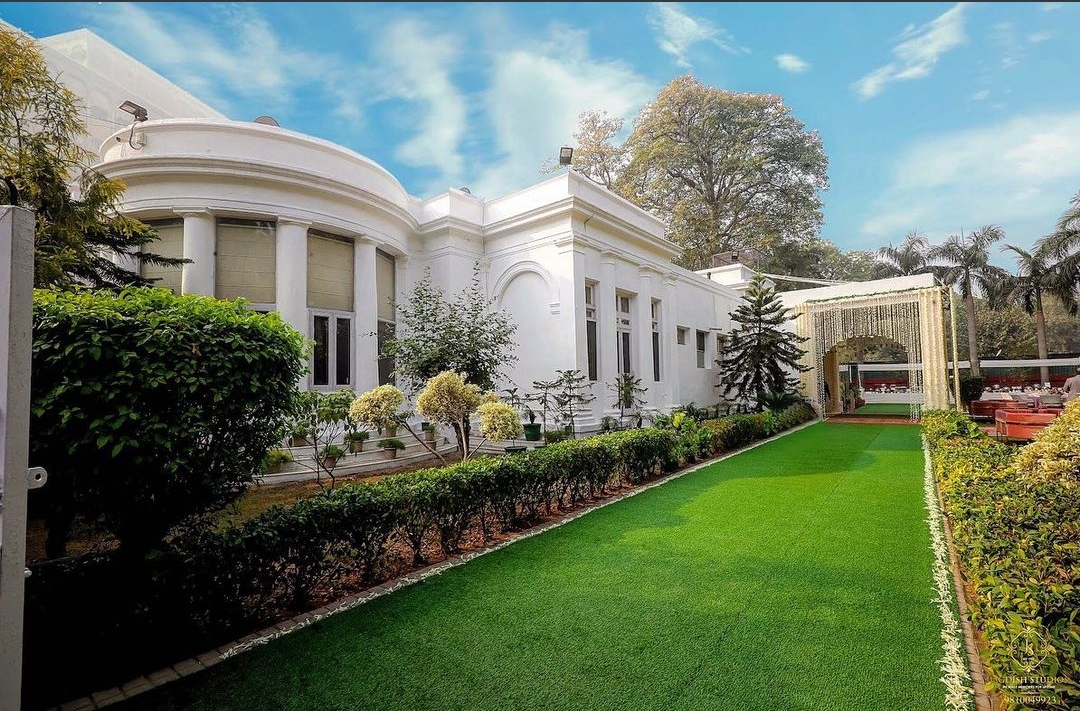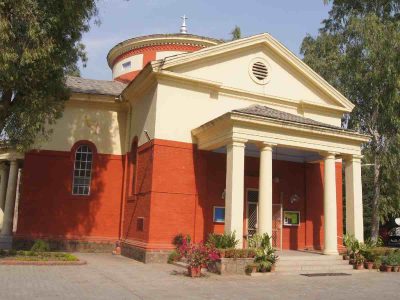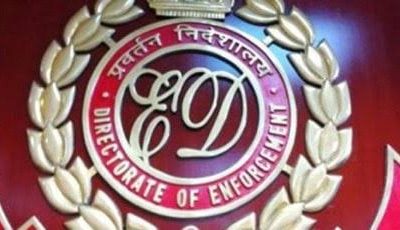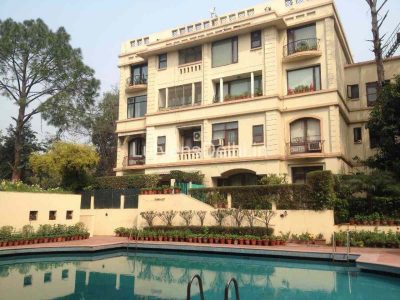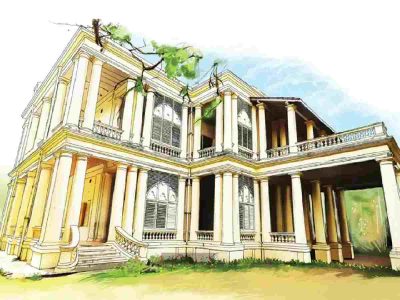If you are coming to India Gate from the Man Singh Road in the heart of New Delhi, you would see a huge building on the left side of the road with several burly Punjab Police cops standing tall at the main gate.
Well, what they are guarding is the 1935-built Kapurthala House which has now gone quiet after a high-profile engagement ceremony of Aam Aadmi Party (AAP) Rajya Sabha MP from Punjab, Raghav Chadha, and Bollywood actress, Parineeti Chopra, had brought the limelight on the Delhi residence of the erstwhile royal state.
Kapurthala House hosts the Chief Minister of Punjab and Governor whenever they are in Delhi. They have separate suites here.
“When any big leader of Punjab hosts any dinner or wedding party in the Capital, they prefer Kapurthala House due to its great location. It has a very spacious lawn and a hall that serves the cause of all,” says Jitender Singh Shunty, who was an Akali Dal MLA in Delhi Assembly in 2013.
The majestic Kapurthala House came alive on May 13, after nearly six years, as guests were treated to live performance by Mika Singh to which Parineeti danced, while Chadha enjoyed the proceedings with other AAP leaders Arvind Kejriwal and Bhagwant Mann.
A Kapurthala House staffer told Patriot that the who’s who of erstwhile royal families from across the country converged in Delhi in 2017 to attend the wedding of the grandson of Punjab Congress chief Amarinder Singh.
“Members of the erstwhile royal families of Patiala, Jammu and Kashmir, Gwalior, the Bushahr nobility of Himachal Pradesh and those from Jaisalmer and Kapurthala attended the marriage functions and blessed the newly-weds,” he said of the event in which Nirvan Singh, grandson of Amarinder Singh, tied the nuptial knot with Mriganka Singh, granddaughter of Dr Karan Singh, a scion of Jammu and Kashmir’s princely family.
Many of the erstwhile royals are related to each other.
Resting in peace
Just a couple of minutes’ walk from the Kapurthala House, lies a century-old Christian burial ground known as Royal Cemetery. It lies on the roundabout of Prithiviraj Road.
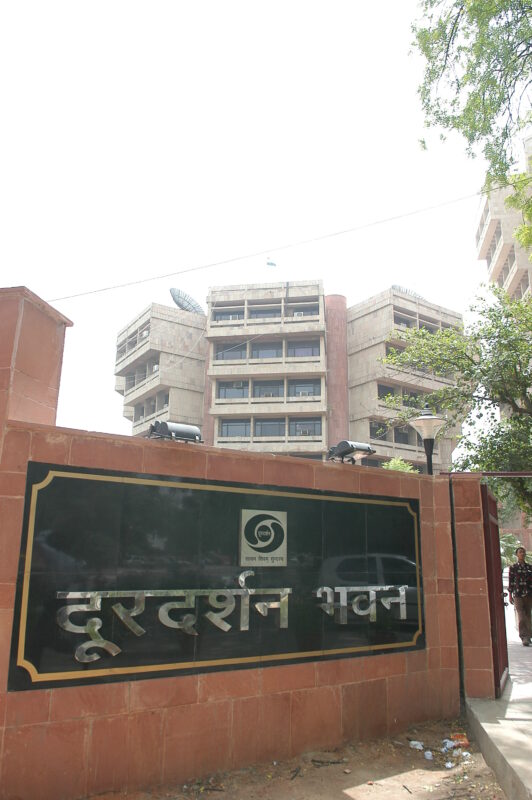
This too has some links with Kapurthala. An eerie silence welcomes you as you enter the graveyard.
Amid the many graves, it is hard to miss one.
An epitaph there reads: “Rajkumar Amrit Kaur”.
Brother Solomon George of the Delhi Brotherhood Society says, “I have never seen anyone offering prayer or putting flowers on this grave. Perhaps no one has visited here for ages.”
Brother Solomon has been visiting this for long.
People may not have visited her grave for a while, but Raj Kumari Amrit Kaur was not an ordinary soul. The younger generation may not be aware of her role in the freedom struggle and also after India became an independent nation.
Though she was a princess belonging to the Kapurthala state, she became a follower of Gandhiji.
“After independence, she became the first woman member of the Union cabinet. Thanks to her vision, the All India Institute of Medical Sciences (AIIMS) came up in 1956,” says Dr Vinay Aggarwal, ex-president of Indian Medical Association (IMA).
The many houses
It is not just the Kapurthala House that has been an abode of a royal family in the Capital.
Delhi has several ‘Houses’ belonging to the erstwhile royal families of Punjab and other parts of the country in and around India Gate as well as in north Delhi. As far as Punjab is concerned, there is also the Patiala House, Faridkot House, Jind House, Mandi House, Pataudi House, and Sheikhupura House.
Sheikhupura House was close to Patiala House. Later, the Guru Harkrishan Public School was built over there. Sheikhpura was a small princely state like Pataudi.
However, Pataudi House still exists in Darya Ganj. Iftikhar Ali Khan Pataudi, the former captain of India and a Test player for England, was born there.
A total of 34 plots were earmarked for making of these ‘Houses’ of princely states. Most of these ‘Princely Houses’ were built between 1920 and 1940. Some were never built while some others were built but never used.
According to Sumanta Kumar Bhowmick, author of a book titled ‘Princely Palaces in New Delhi’, “Indian royalty were encouraged by the British authorities to build palaces for their stay in the new capital. Indian princes were given large plots based on their status.”
These Houses represented the ‘provinces’ or more accurately the ‘Princely States’ that existed pre-independence. These were the embassies of princely states at the British imperial Capital in New Delhi.
Palaces belonging to princely states of Bahawalpur, Balrampur, Baroda, Bharatpur, Bhavnagar, Bikaner, Bundi, Cochin, Darbhanga, Dholpur, Hyderabad, Jaipur, Jamnagar, Jodhpur, Jubbal, Kanika, Kashmir, Kota, Tehri-Garhwal and Travancore and some others were built in New Delhi. Six came up in Civil Lines, including palaces of the states of Gwalior, Jamnagar, Kolhapur, Nabha, Sirohi and Udaipur. Old Delhi had only three: Dujana House, Loharu House and Pataudi House.
Patiala peg
Interestingly enough, the plot where Patiala House was built was allotted to the royal family of Bhopal. But when they didn’t build their house, the plot was transferred to Patiala state.
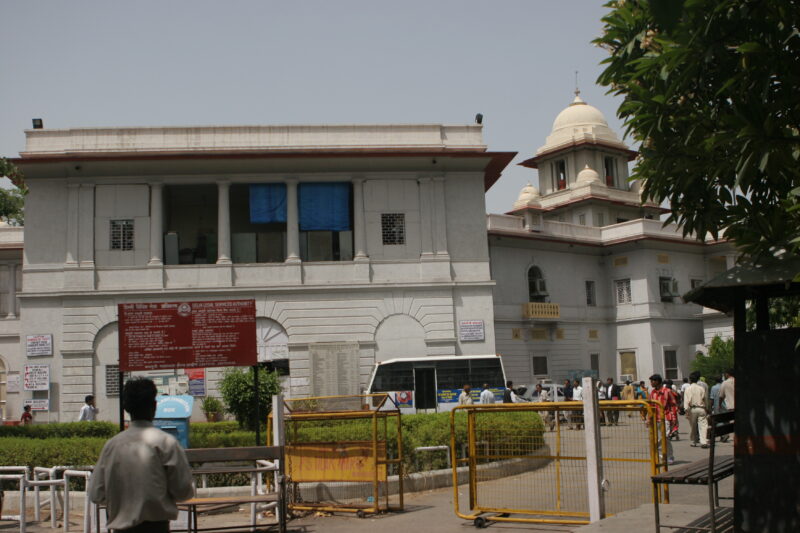
Most of these ‘Houses’ were taken over by the government once India got independence in 1947. A long court battle was fought for the control of Kapurthala House though. However, the Punjab government retained possession of the Kapurthala House a couple of years ago after the Delhi High Court rejected the plea of the late Kapurthala ruler to sell it after it was requisitioned by the Union government.
As far as the Patiala House is concerned, it was built during the times Maharaja Bhupinder and Yadavindra Singh. It was the site of the 1st Asian Games Organising Committee’s meeting in 1949.
In 1970s, it became the Patiala House court. Amarinder Singh must be transported back to his childhood days when he used to spend time there during his visits to Delhi with his father, mother and brother Malvinder Singh.
Bhowmick says that there was a Patiala House even in the Ballimaran area of Delhi-6. That was the personal property of the royal family of Patiala.
Now, one only hopes the wedding of Chadha and Parineeti too is held at the Kapurthala House.

